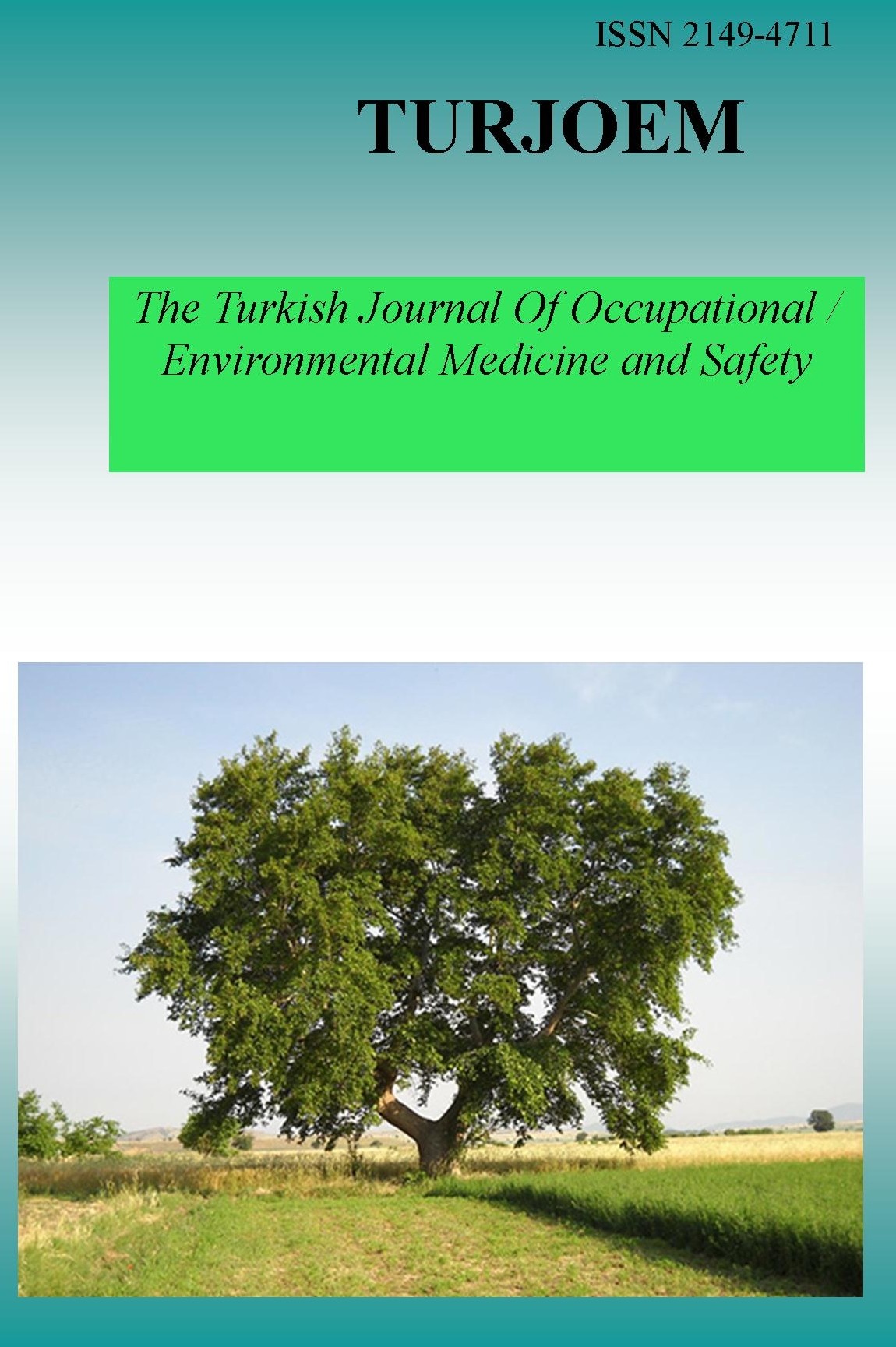ACRYLAMIDE: THE ISSUE OF FOOD SAFETY
ACRYLAMIDE: THE ISSUE OF FOOD SAFETY
ACRYLAMIDE: THE ISSUE OF FOOD SAFETY,
___
- Ekrem MUTLU, Senem YETGIN
- Kastamonu University, Faculty of Fisheries, Kastamonu, Turkey Kastamonu University Faculty of Engineering and Architecture, Food Engineering
- ISSN: 2149-4711
- Başlangıç: 2015
- Yayıncı: Engin TUTKUN
INVESTIGATION OF HEAVY METALS IN SOME LIPSTICK PRODUCTS IN TURKEY
Kenan Can TOK, Onur ERDEM, Eyüp ÇIRAK, Serdar ÇETINKAYA, Cemal AKAY, Zeliha KAYAALTI
A REVIEW OF HEAVY METAL (As, Pb, Cd and Hg) TOXICITY ON INFANTS
THE BENEFITS AND POTENTIAL RISKS OF MERCURY IN DENTAL AMALGAM
Sezen YILMAZ SARIALTIN, Başak Özlem PERK
PERSONALIZED MEDICINE IN SOLVING FORENSIC CASES
DYNAMIC DISULFIDE/THIOL HOMEOSTASIS IN FIREFIGHTER’S LUNG DISEASE DETECTION
Meşide GÜNDÜZÖZ, Ceylan BAL, Sultan Pınar ÇETİNTEPE, Murat BÜYÜKŞEKERCİ, Murat ALIŞIK, Serpil ERDOĞAN, Servet Birgin İRİTAŞ, Hınç YILMAZ, Engin TUTKUN, Özcan EREL
Esra ERIKEL, Deniz YÜZBAŞIOĞLU, Fatma ÜNAL
Sevgi KOCAOBA, Münevver ARISOY
AN OVERVIEW OF FORENSIC HERBAL PRODUCTS
CYTOTOXIC, GENOTOXIC AND PHYSIOLOGICAL EFFECTS OF HERBICIDE GRANWEED
A.Nihal GÖMÜRGEN, Gökçen BAYSAL FURTANA, Rukiye TIPIRDAMAZ
HYPERICIN INDUCED CHANGES IN CYTOTOXICITY AND METABOLIC ACTIVITIES IN HT-29 ADENOCARCINOMA CELLS
